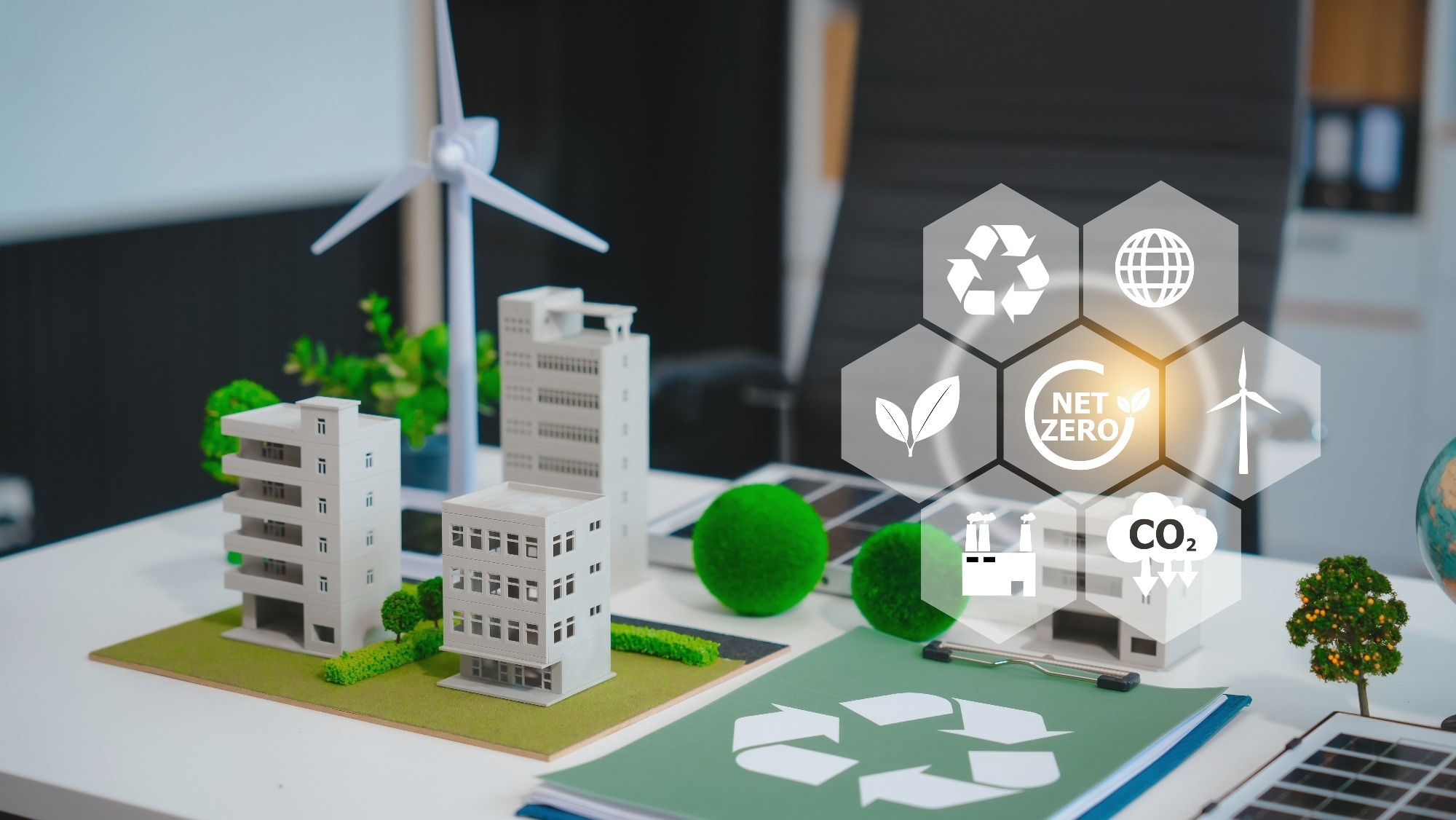In a recent article published in the journal Energy & Buildings, researchers addressed the need for sustainable building practices in regions characterized by high temperatures.
 Study: Energy efficient design of buildings in hot climates through cooling of the envelope. Image Credit: PanuShot/Shutterstock.com
Study: Energy efficient design of buildings in hot climates through cooling of the envelope. Image Credit: PanuShot/Shutterstock.com
With the building sector consuming a significant portion of energy resources and contributing to greenhouse gas emissions, the authors emphasize the importance of innovative design strategies that enhance thermal comfort while minimizing energy consumption. The study focused on the implementation of energy-efficient cooling systems, particularly evaporative cooling, as a viable solution for improving the performance of building envelopes in hot climates.
Energy-Efficient Building Practices
The authors provided an overview of energy consumption patterns in the building sector, especially in hot regions where air conditioning is crucial for indoor comfort. In places like the UAE, air conditioning accounts for an estimated 60-70 % of electricity usage.
Traditional cooling methods, though effective, often result in higher energy demands and environmental impacts. The article reviewed existing literature on building insulation and cooling technologies. While insulation is a common recommendation, it has limitations in thickness and effectiveness. The authors proposed exploring alternative cooling methods like evaporative cooling, which could offer significant energy savings compared to conventional air conditioning systems.
The Study’s Approach
To investigate the effectiveness of different cooling strategies, the authors conducted a series of experiments using small-scale test rooms designed to simulate real-world conditions. Two rooms were constructed, one serving as a reference room built according to Dubai Municipality's thermal insulation standards and the other equipped with a secondary envelope to test the performance of evaporative cooling systems.
The test rooms measured 95 cm by 95 cm and were 115 cm high, and both were cooled using window-type air conditioners. The study employed various data collection methods, including power consumption monitoring, temperature and humidity measurements, and calibrated sensors to ensure accurate readings. The experimental setup allowed for a comparative analysis of the thermal performance of the two cooling systems under controlled conditions.
Key Findings
The results of the experiments revealed significant differences in energy consumption and cooling efficiency between the two systems. The evaporative cooling system demonstrated remarkable efficiency, achieving an evaporative efficiency of 65 % in the test room, with potential improvements when larger units are utilized in full-scale applications.
The findings indicated that the evaporative system could save up to 80 % of air conditioning energy requirements in dry climates, such as Baghdad, compared to non-insulated buildings. In contrast, the secondary envelope system provided moderate savings of approximately 48.91 %. The authors noted that the performance of the evaporative cooler was highly dependent on climatic conditions, with optimal results observed in hot and dry environments.
The study also highlighted the importance of considering the thickness of the building envelope. The evaporative cooling system allowed for a reduction in envelope thickness to as little as 35 cm, which could enhance plot utilization and flexibility in design. However, the authors acknowledged the challenges associated with evaporative cooling, particularly its reliance on a constant water supply and its diminished effectiveness in humid climates. The comparative analysis underscored the need for tailored solutions based on local climatic conditions, suggesting that in areas with higher humidity, the secondary envelope might be a more suitable option.
The study further discussed the implications of their findings for energy-efficient building design, emphasizing the potential for significant energy savings through the adoption of innovative cooling technologies, particularly in regions facing extreme heat.
Conclusion
In conclusion, the article presents a thorough investigation into the energy-efficient design of building envelopes in hot climates, focusing on the effectiveness of evaporative cooling systems. The authors successfully demonstrate that innovative cooling strategies can lead to substantial energy savings while maintaining indoor comfort. Their findings highlight the importance of considering local climatic conditions when selecting cooling technologies, as well as the need for ongoing research to optimize building designs for energy efficiency.
The study serves as a valuable resource for stakeholders in the building industry, offering practical recommendations for implementing sustainable practices that align with global efforts to reduce energy consumption and mitigate environmental impacts. By advancing the understanding of energy-efficient building design, the authors contribute to the broader discourse on sustainability in architecture and urban planning, paving the way for future innovations in the field.
Journal Reference
Kharrufa S. N., & Makky, S. (2024). Energy efficient design of buildings in hot climates through cooling of the envelope. Energy & Buildings. DOI: 10.1016/j.enbuild.2024.114848, https://www.sciencedirect.com/science/article/pii/S0378778824009642
Article Revisions
- Oct 17 2024 - Subheading changed from "Background" to "Energy-Efficient Building Practices".